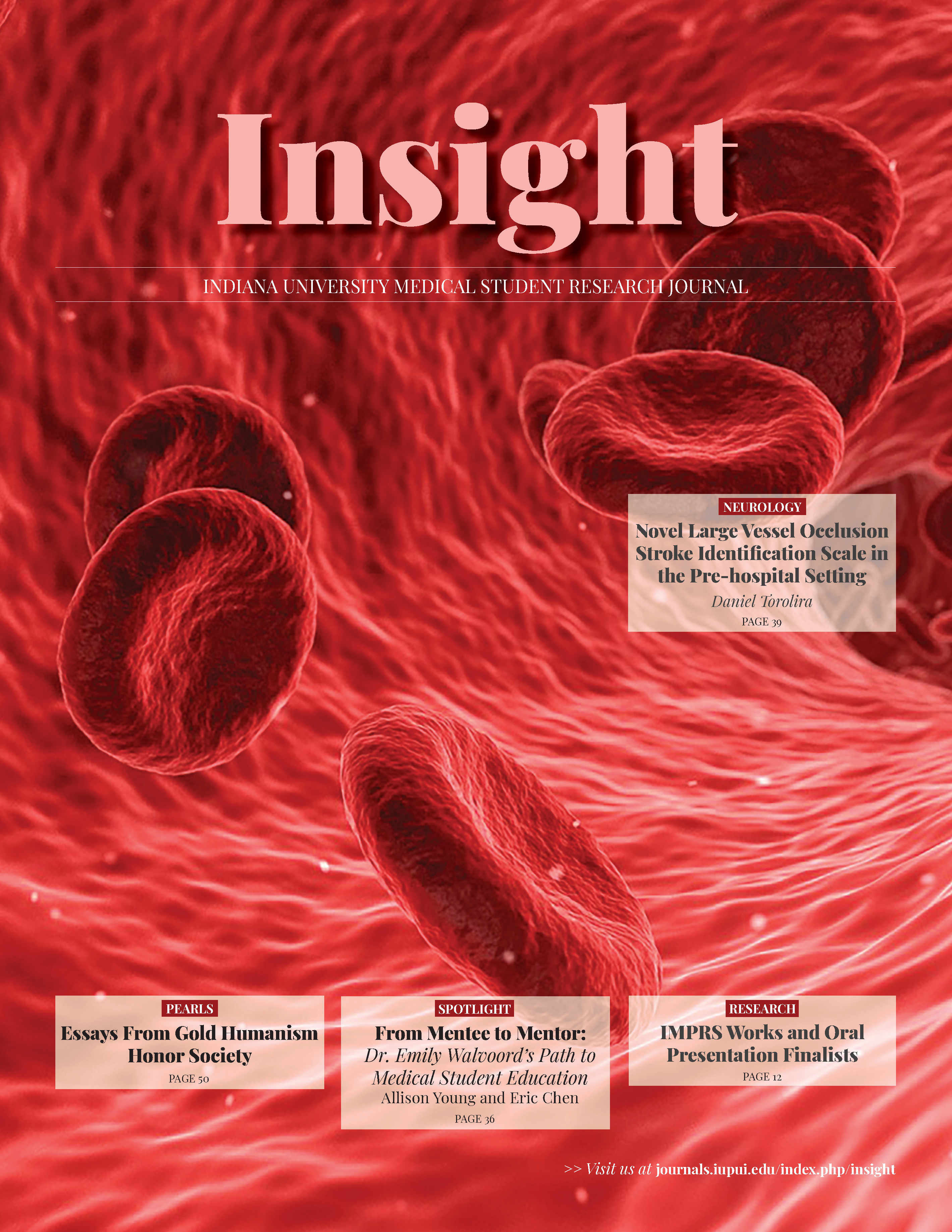Classification of Cell types in the Human Kidney Using 3D Nuclear Morphology
Abstract
Background: The evaluation of human kidney biopsies, a cornerstone for diagnosing renal disease, relies on subjective interpretation and semi-quantitative analysis of 2D images from thin-sections of tissue. Advances in 3D confocal fluorescence imaging and machine learning approaches such as neural networks provide the opportunity for an automated and quantitative approach, and the potential for extracting new data from 3D space. In this project, a convolutional neural network (CNN) was designed to automatically identify cell types in the kidney cortex based upon nuclear morphology.
Methods: Individual cells in human kidney tissue were isolated and assigned a ground truth classification based on validated cell markers. Images of the nuclei as 2D projections and 3D volumes were extracted and classified based on these markers using 3D tissue cytometry analysis. Two CNN architectures were trained using the image dataset. The accuracy of each network was assessed by its ability to classify specific cell types within the biopsy.
Results: A database of 1946 images of fluorescently stained nuclei collected from human renal tissue was created to train, validate and test the CNNs. Classification of different cell types was based solely on their nuclear features. With minimal training, the best performing CNN was able to classify a volume of all nuclear staining with an accuracy of 88.7%. This is likely to improve with additional training time. The network was also robust to changes in signal to noise ratio and image resolution.
Conclusion: A CNN was designed to classify cells in the human kidney cortex using only the nuclear staining in 3D fluorescence images. When implemented in an imaging workflow, this network could improve the efficiency of exploration and interpretation of the data, while sparing the need to incorporate specific cell markers in a multiplex design. Such approach can be leveraged to link imaging data at the single cell level from biopsy specimens to various clinical outcomes, thereby providing the prospects of precision medicine in kidney disease.
Downloads
Published
Issue
Section
License
Copyright to works published in Insight is retained by the author(s).

